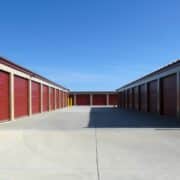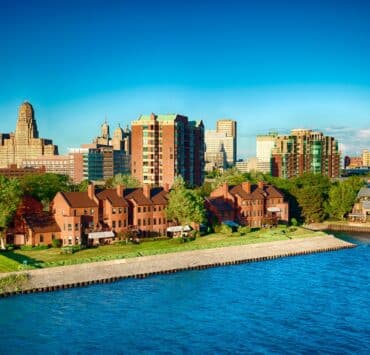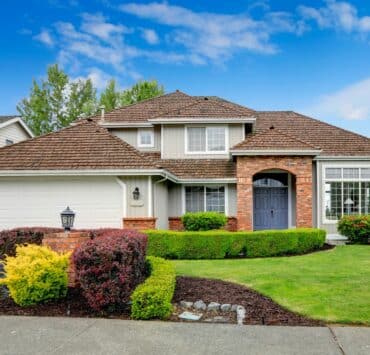Have you heard of redlining in Las Vegas? It’s a practice that has deeply affected the Historic Westside of the city. Let’s dive into what redlining is and how it changed this community.
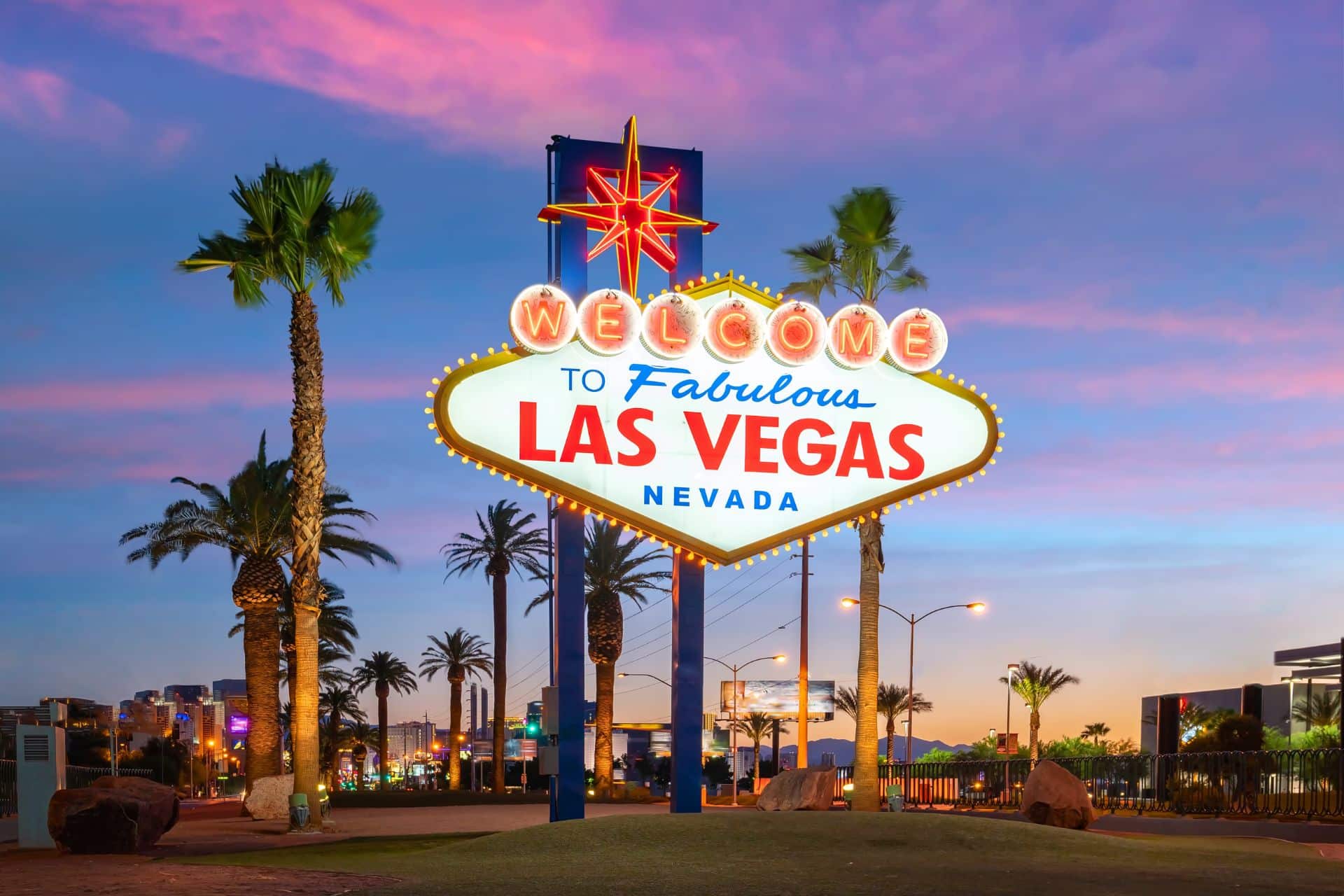
What is Redlining?
Redlining started years ago when banks decided not to give loans to certain neighborhoods, mostly where Black people lived. This meant people couldn’t buy homes or improve the ones they had, leading to many problems in these areas.
The Westside’s Story
- The Start: Emerging in the early 20th century, redlining was institutionalized by the Federal Housing Authority, categorizing neighborhoods based on perceived investment risks. Redlining hit the Westside hard. This area, where many Black residents lived, was ignored by banks.
- Community Changes: Las Vegas’ Historic Westside, a predominantly Black community, faced systematic denial of home loans, limiting opportunities for homeownership and contributing to economic stagnation. Over time, because people couldn’t get loans to fix up their homes, the neighborhood didn’t grow as others did.
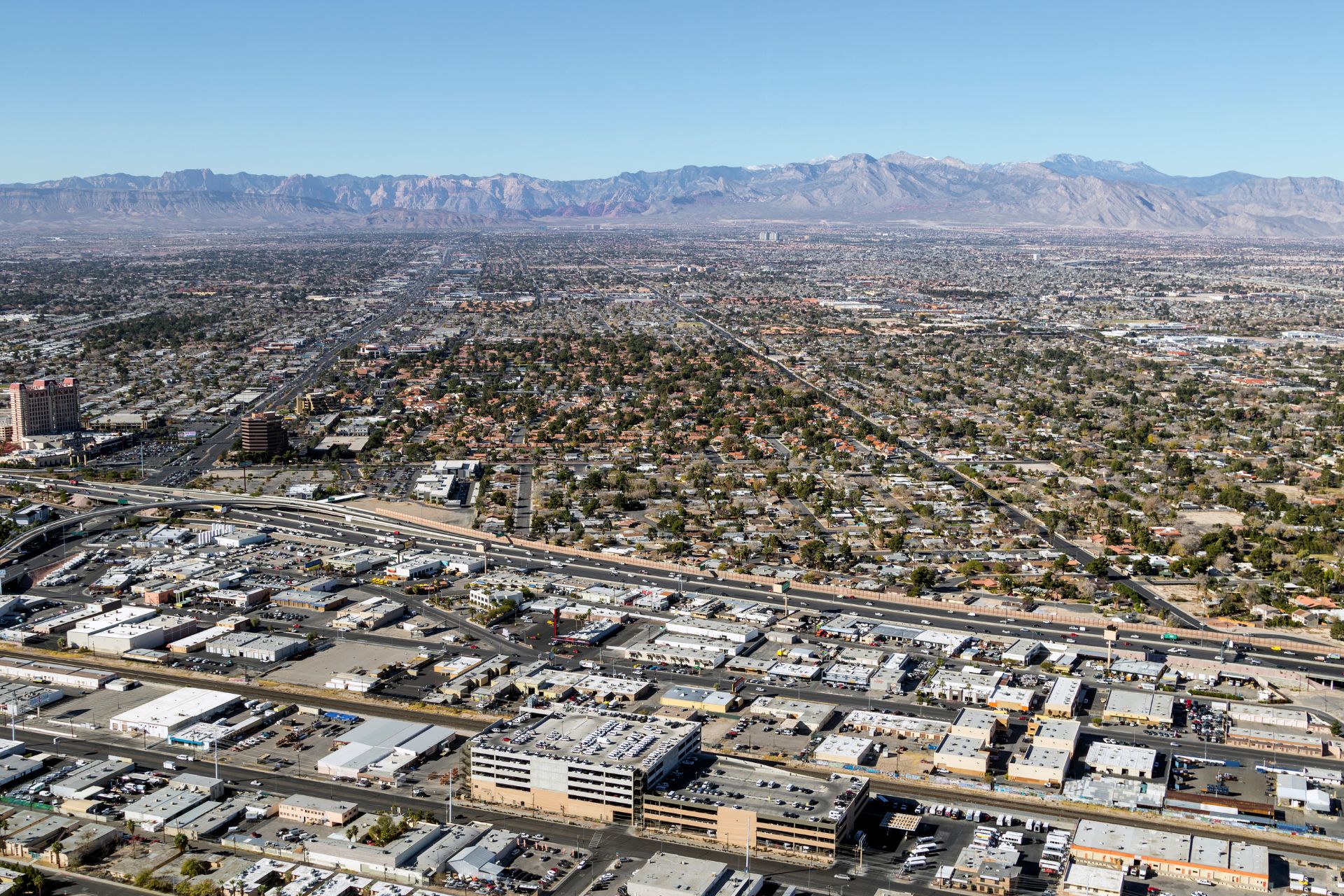
Real People, Real Stories
Ernesten Cooks, who’s been in the Westside since 1953, saw these changes. She managed to buy homes but saw the area get worse over time. Chandler Cooks, inheriting properties in the area, highlights the ongoing challenges of gentrification and economic pressures, a legacy of discriminatory practices.
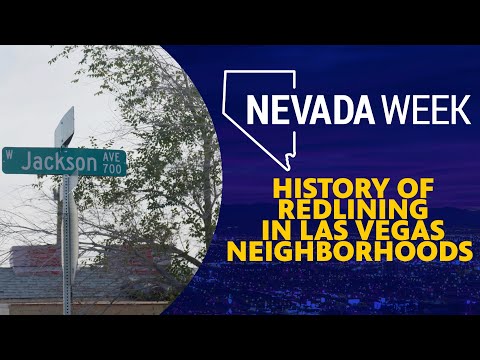
The Big Picture
- Wealth Gap: Experts like Richard Rothstein, author of ‘The Color of Law,’ say redlining created a big wealth gap. White families could grow their wealth through real estate, but Black families couldn’t.
- Long-term Effects: Even though redlining is illegal now, its effects still linger. The Westside and its residents continue to feel the impact. Despite the repeal of redlining policies, disparities in wealth and property values persist, as evidenced by the significant wealth gap between white and Black households.
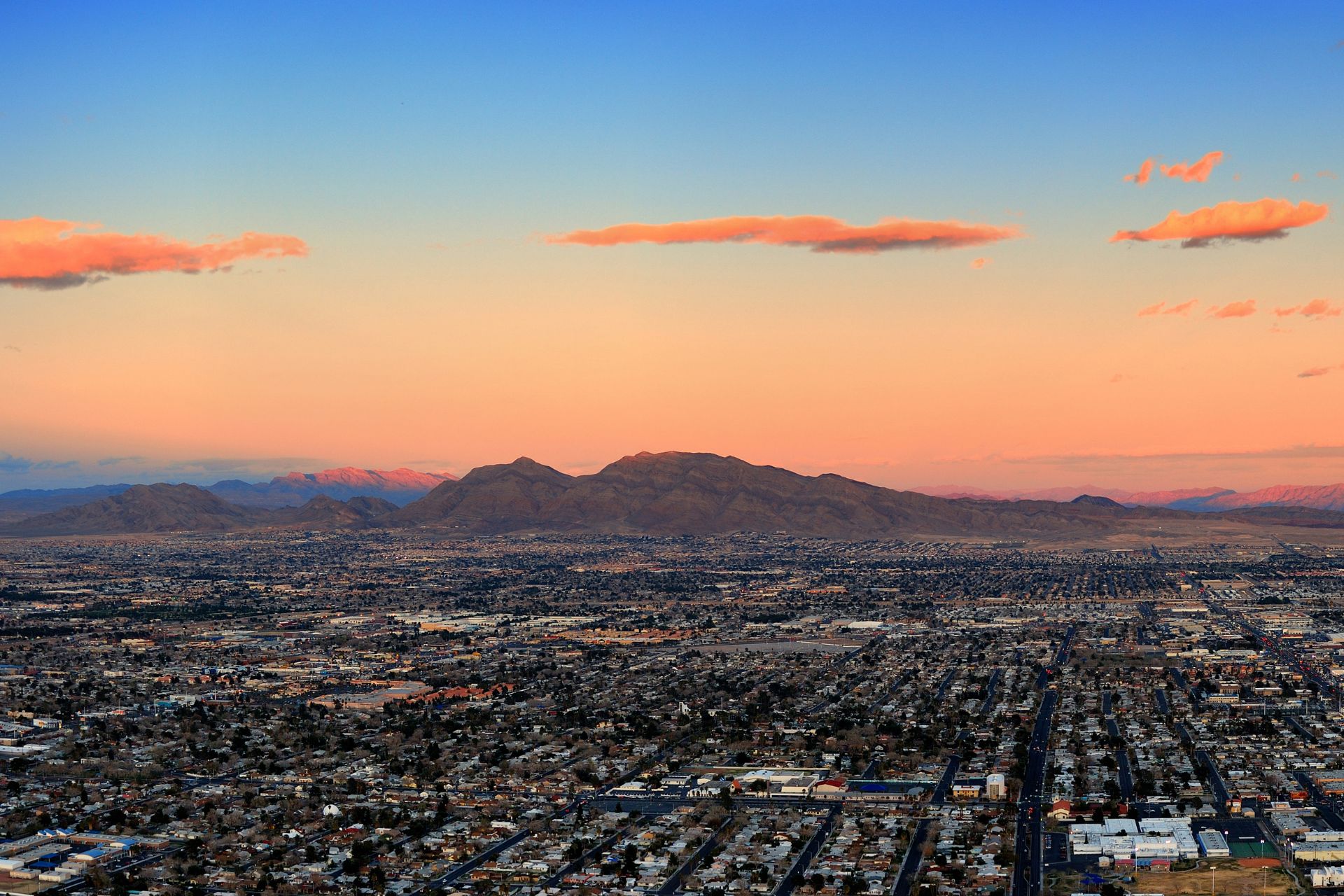
Common Questions about Redlining in Las Vegas
What’s Redlining?
Redlining refers to the discriminatory practice where banks and other financial institutions deny loans or offer worse terms to neighborhoods based on racial composition. It’s when banks didn’t give loans to certain areas, affecting those neighborhoods negatively.
How Did Redlining Affect the Westside?
Redlining in Las Vegas led to the economic and infrastructural decline of the Historic Westside, limiting opportunities for its predominantly Black residents. It led to less investment and growth in the area, making it harder for residents.
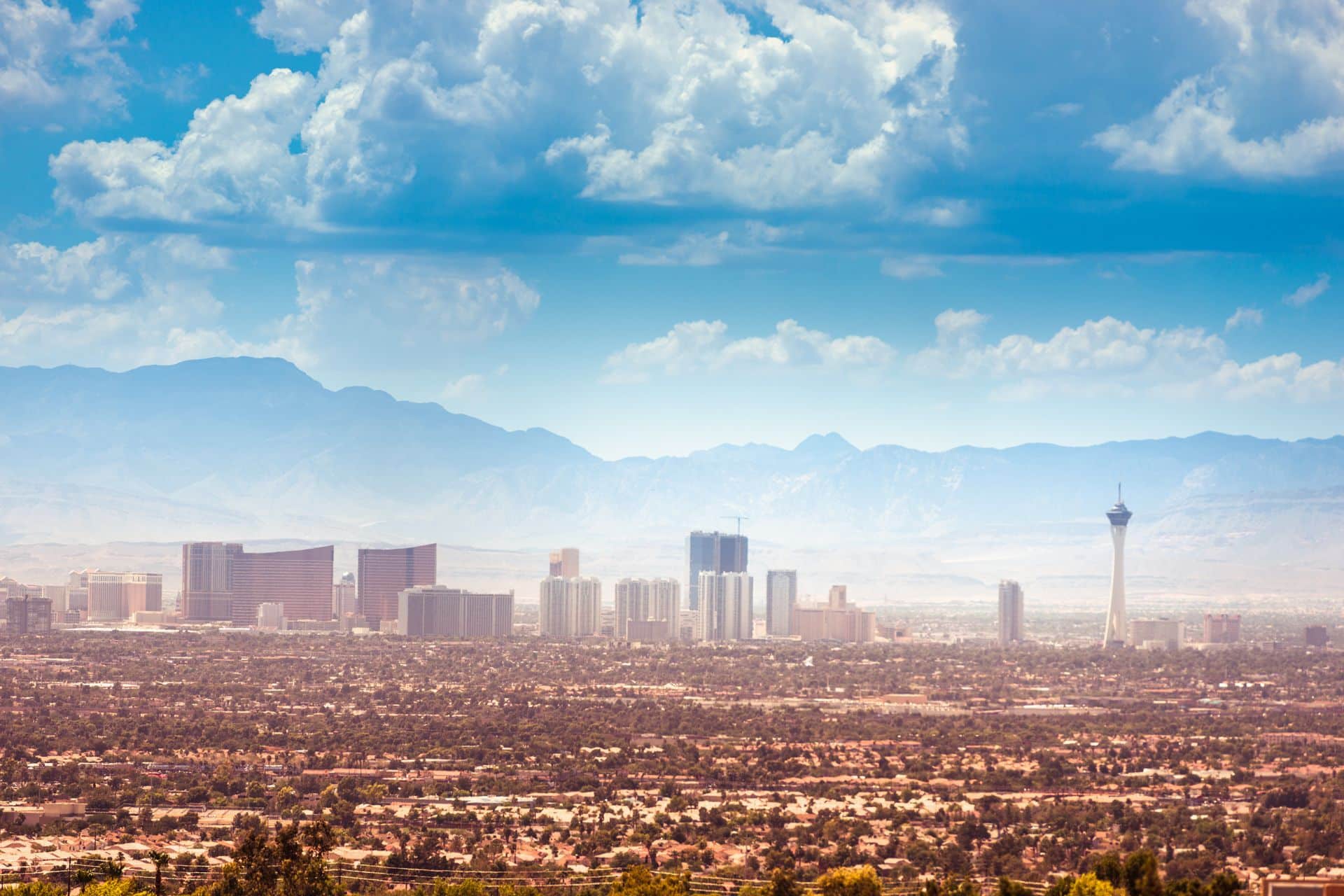
Does Redlining Still Affect Us?
Yes, the effects of redlining are still seen in the differences in wealth and property conditions.
Conclusion
Redlining in Las Vegas, especially in the Westside, has had a lasting impact. It’s important to understand this history to see why some neighborhoods are the way they are today.
Related posts:
 Reduce Your Environmental Footprint: Simple Water Conservation Tips for Your Home
Reduce Your Environmental Footprint: Simple Water Conservation Tips for Your Home
 10 Precautions to Stay Safe During a Home Renovation
10 Precautions to Stay Safe During a Home Renovation
 Surge in US Housing: A Close Look at the November 2023 Boom
Surge in US Housing: A Close Look at the November 2023 Boom
 2024 Military Housing Panel: Empowering Voices of Military Families
2024 Military Housing Panel: Empowering Voices of Military Families
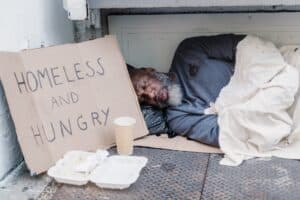 Healthcare or Housing? An Increasing Number of States Redirect Medicaid Funds to Aid the Homeless
Healthcare or Housing? An Increasing Number of States Redirect Medicaid Funds to Aid the Homeless

